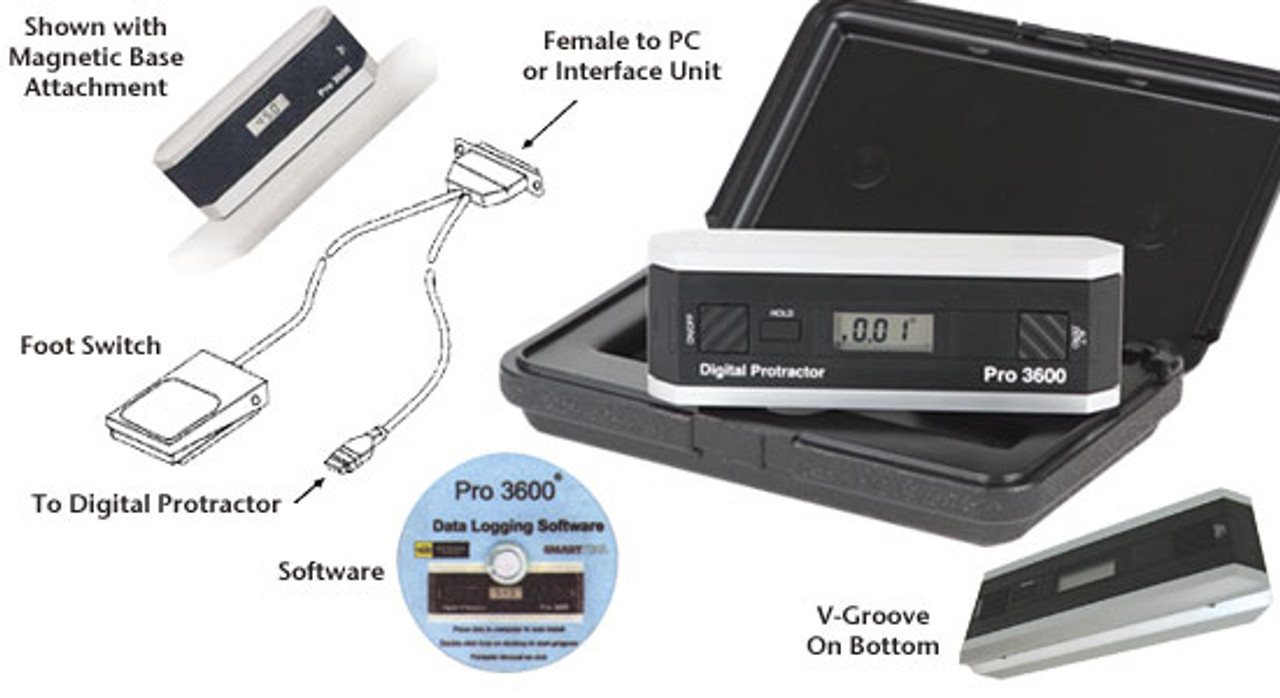

#SMART TOOL FREE#
Each disk drive vendor was free to decide which parameters were to be included for monitoring, and what their thresholds should be. The disk drives would measure the disk's "health parameters", and the values would be transferred to the operating system and user-space monitoring software. Later, another variant, which was named IntelliSafe, was created by computer manufacturer Compaq and disk drive manufacturers Seagate, Quantum, and Conner.
#SMART TOOL SOFTWARE#
Communications between the physical unit and the monitoring software were limited to a binary result: namely, either "device is OK" or "drive is likely to fail soon". It was measuring several key device health parameters and evaluating them within the drive firmware. Later it was named Predictive Failure Analysis (PFA) technology. Īn early hard disk monitoring technology was introduced by IBM in 1992 in its IBM 9337 Disk Arrays for AS/400 servers using IBM 0662 SCSI-2 disk drives.

data alone was of limited usefulness in anticipating failures. error at all, except the temperature, meaning that S.M.A.R.T. Further, 36% of failed drives did so without recording any S.M.A.R.T.
#SMART TOOL OFFLINE#
warnings" identified as scan errors, reallocation count, offline reallocation and probational count. However, the research showed that a large proportion (56%) of the failed drives failed without recording any count in the "four strong S.M.A.R.T. Conversely, little correlation was found for increased temperature and no correlation for usage level.attribute 0xC5 or 197) were also strongly correlated to higher probabilities of failure. attributes 0xC4 and 0x05 or 196 and 5) and probational counts ( S.M.A.R.T. First errors in reallocations, offline reallocations ( S.M.A.R.T.

attribute 0xC6 or 198) detected as a result of an offline scan, the drive was, on average, 39 times more likely to fail than a similar drive for which no such error occurred.
#SMART TOOL UPDATE#
If there is an immediate need to update the offline attributes, the HDD slows down and the offline attributes get updated. online attributes are always updated while the offline attributes get updated when the HDD is not under working condition. provided failure prediction by monitoring certain online hard drive activities.Ī subsequent version of the standard improved failure prediction by adding an automatic off-line read scan to monitor additional operations. (2003) comments that the technology has gone through three phases: These may include increased heat output, increased noise level, problems with reading and writing of data, or an increase in the number of damaged disk sectors. While the eventual failure may be catastrophic, most mechanical failures result from gradual wear and there are usually certain indications that failure is imminent. Mechanical failures account for about 60% of all drive failures.


 0 kommentar(er)
0 kommentar(er)
